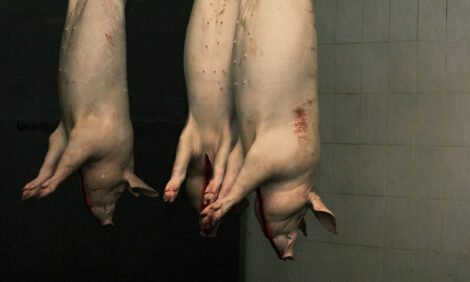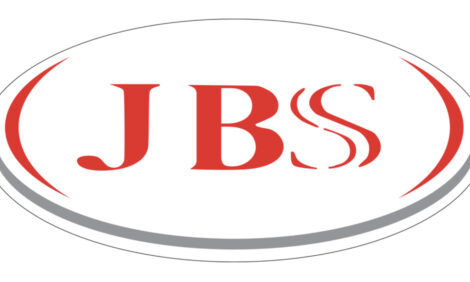



Corn Futures Present Opportunity for Pork Producers
US - With corn futures retreating in recent weeks, pork producers may see an opportunity to lock in production profits. Some industry observers say if the opportunity is there, it is something producers should consider. The question is, how long will the opportunity last?“There has been weakness across several commodity sectors recently, not just corn,“ says Marty Foreman, market analyst, Doane Advisory Services, “Concern about China’s moves to slow their economy has had a negative impact on commodity prices.“
Weaker corn futures prices presents a possibility for pork producers that may be short-lived, according to Pork Magazine. “We've seen a 75 cent per bushel drop in nearby corn futures prices and pork producers should consider locking in prices soon,“ says Darrell Mark, University of Nebraska Extension livestock marketing specialist. He believes upward pressure may soon return to corn prices. “We'll likely find some support and retrace a bit of that move.“
Mr Foreman also sees a possible return of firmer corn futures. “Once winter corn movement subsides, we expect prices to turn higher into the spring as the planting season approaches,“ he adds. “Wet soils and snow accumulation could contribute to another wet spring and slow planting progress. Nearby futures prices should rebound to near $4.00 per bushel with new-crop futures at $4.25 or slightly higher.“
Other factors that may cause upward bias to return to corn prices would be the "battle for acreage" that is typically seen in the spring. Professor Mark does not believe the acreage battle factor will play as large a role in 2010 as the past two years and that growing season weather has the potential to play a big role.
Final acreage will weigh in on corn futures prices. “Our acreage estimate is 89 million acres, up from 86.5 million in 2009,“ says Mr Foreman. “Current crop budgets slightly favor corn over soybeans but planting weather will obviously be important in determining final acreage.“
The USDA Supply and Demand balance sheet for the 2010-2011 marketing year also may affect corn futures prices. “My rough projections of that balance sheet puts the 2010-2011 carryout at about 1,700 million bushels, similar to this year,“ says Professor Mark. “If we have weather problems or a lower yield, it would be possible to see next year's carryout at a much tighter level.“ Summing up, Mark believes corn prices will continue to be sensitive to supply and demand changes.
One of those factors that may increase corn demand is the potential increase in the approved ethanol blend rate to 12 per cent or 15 per cent, Professor Mark notes. Currently, the ethanol blend rate stands at 10 per cent. The Environmental Protection Agency is currently deliberating raising the blend level and is expected to make a ruling soon after studying the effects of higher ethanol blends on engines.
“Growth in corn for ethanol has slowed, but is still forecast to be up 14 per cent to 4.2 billion bushels in 2009/2010,“ says Mr Foreman. “Ethanol production margins are currently favorable. This provides underlying support for the corn market on weakness.“
Of course, no one knows how long the current opportunity will last. “The bottom line is that with corn and soybean meal at current levels, pork producers can hedge a positive margin on second and third quarter production, and I would encourage them to do so,“ says Professor Mark. “I think the opportunity to lock in a profit after such a long period of losses isn't something producers can pass up -- nor can their lenders.“






